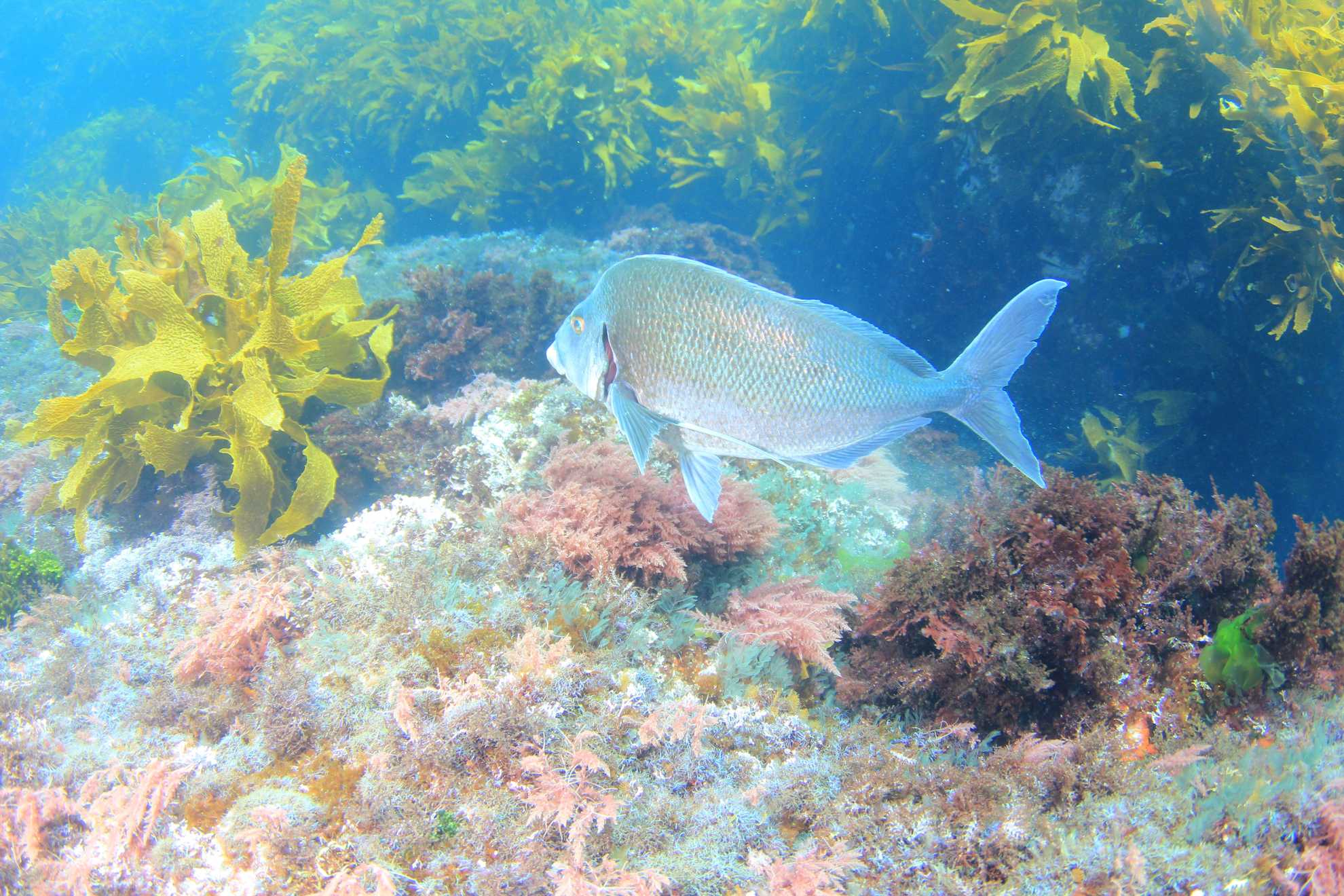Purpose
The EEZ Act purpose is deliberately very similar to the purpose of the RMA. Parliament believed that utilising a well understood purpose would provide certainty for stakeholders and provide some consistency of approach between decision-making within the territorial sea and outside of it. 14e0a319-cd43-4d4a-8284-11db3deb873c

However, Parliament deliberately chose not to carry across the exact RMA purpose. Although the EEZ Act purpose has many similarities to the purpose of the RMA, there are a number of differences including:
- The definition of ‘environment’
- No references to ‘physical resources’, ‘communities’, ‘social wellbeing’, ‘cultural wellbeing’ or ‘health and safety’ in the EEZ Act purpose
- No equivalent to sections 6 (matters of national importance), 7 (other matters), and 8 (Treaty of Waitangi principles) of the RMA in the EEZ Act
- No equivalent to the EEZ Act information principles in the RMA
Under the EEZ Act, ‘the environment’ is defined to mean the natural environment , including ecosystems and their constituent parts and all natural resources of New Zealand, the EEZ, the CS, and the waters beyond. This definition is much narrower than the RMA definition of ‘environment’ which also includes physical resources (e.g. buildings and infrastructure), people and communities, amenity values, and social, economic, aesthetic and cultural conditions. 1cd48497-78f3-4a34-bca3-1a5df588de32 The focus of the EEZ Act on the natural environment and its resources reflects the fact that people and communities have fewer links to the EEZ and CS (because of the distance from shore) and there are very few man-made physical resources in the EEZ and CS.
The term “economic wellbeing” is broader than “monetary values associated with the activity for which consent is sought”. It includes “the direct and indirect values of those resources as used by others or for their intrinsic and ecosystem services values”. 590d343d-7877-4fd0-a7b3-6f8057cec7db
The Supreme Court has recently recognised that sections 6, 7 and 8 of the RMA give “further elaboration” to the purpose of the RMA. ff460146-82f3-4b68-9854-e701316beb64 The matters listed in sections 33 and 59 of the EEZ Act, which guide decision-making, are the closest equivalent to those sections of the RMA. However, these sections simply provide a smorgasbord of matters for decision-makers to take into account with no indication as to the weight they are to be allocated in respect of each other.
Sections 34 and 61 of the EEZ Act set out “information principles” which the Minister for the Environment or the EPA is required to apply when making decisions. These information principles (for which there is no equivalent in the RMA) are highly directive, for example, the Minister/EPA must favour caution and environmental protection where information is uncertain or inadequate. Given the limited information that is currently available in relation to the EEZ and CS and the potential effects of activities in those areas, this direction would seem to favour protection of the environment over other elements of sustainable management.
The Trans-Tasman Resources Decision-Making Committee noted that “Parliament could have chosen to carry across the RMA definition of sustainable management but has not done so.” As a result, the Decision-Making Committee was careful to consider the evidence and submissions in light of the EEZ Act’s purpose, not the RMA’s purpose. It stated:
… it needs to be understood that the many differences between the EEZ Act and the RMA – of which the purpose is but one – mean that the large body of case law and understanding that has built up in relation to the interpretation of the RMA’s provisions cannot be applied uncritically to the different environment and statutory contest of the exclusive economic zone and continental shelf. 82e93b7a-dab2-426e-854a-342bfe6bf62e
-
Hon Amy Adams in Hansard - (16 August 2012) 682 NZPD 4492
-
Section 2 Resource Management Act 1991
-
Trans-Tasman Resource Marine Consent Decision (June 2014), at [86]
-
Environmental Defence Society Incorporated v The New Zealand King Salmon Company Limited [2014] NZKS 38 at [25]
-
Trans-Tasman Resource Marine Consent Decision (June 2014), at [78]
Last updated at 3:04PM on December 28, 2017